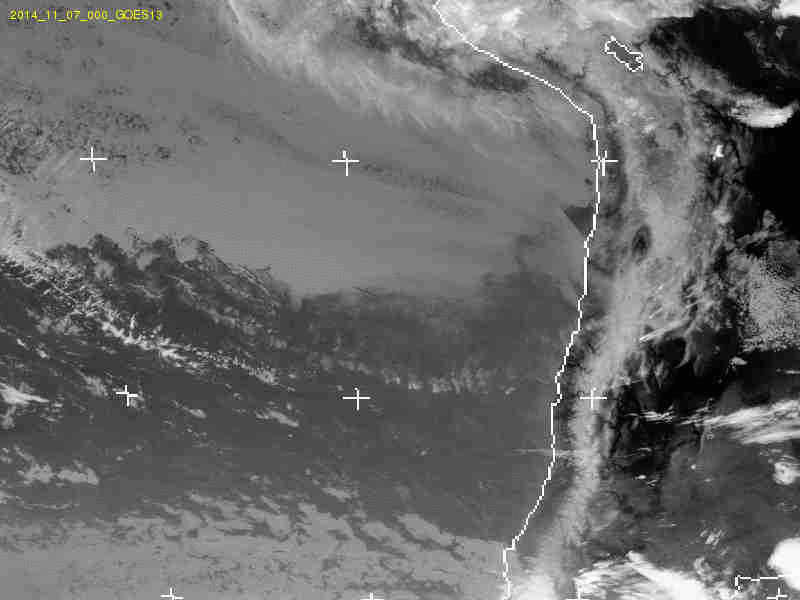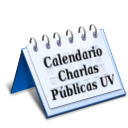During the last decade, gravitational lensing is one of the few areas of astronomical research which has suffered a major development. Gravitational lenses have been converted into a powerful astrophysical tool in a wide variety of research fields, including: the scale for cosmological distances, the cosmic structure of the matter at large scales, the mass and its distribution in galaxy clusters, the physics of quasars and high-redshift galaxies, the haloes of dark matter in galaxies, among many others.
A gravitational lens is produced when the light from a distant source is deviated by a massive object (e.g. a galaxy or a cluster of galaxies) which lies along the line of sight to the observer. This effect makes the light from the distant object to be magnified and extended, boosting the probability for detection and incrementing its observed surface brightness. The gravitational lensing effect have been categorised in three main classes; (a) strong-lensing: that which produces rings, arcs and multiple imaging (with separation between images from 0.3 to 30 arc-seconds); (b) weak-lensing; that which produces weak distortions of distant objects, and it is observed statistically at the edge of massive objects, for example produced by groups or massive galaxy clusters; and (c) micro-lensing; that which produces micro-images of milli-arcsecond separations and manifest by an increment (or decrement) in the source brightness when monitored as a function of time.
To develop this field, our research group has endeavoured various collaborative projects which cover the following aspects of gravitational lensing:
- Strongly lensed galaxies, taken from the H-ATLAS and HerMES using the ALMA telescope at sub-millimetre wavelengths and by the JVLA, eMERLIN and EVN telescopes at radio wavelengths,
- Strong lensing effect produced by galaxy clusters identified in images and spectra taken with the telescopes Gemini and Hubble Space Telescope,
- Strong and weak lensing effect using groups of galaxies identified in data taken from the SL2S survey (created by the CFHT telescope), and analysing spectra taken with the VLT telescope,
- Micro-lensing effect produced by compact objects (e.g. black holes, stars, planets) to background stars from the galactic bulge using data from the VVV survey (taken with the VISTA telescope),
- Micro-lensing effect on extragalactic sources produced by compact objects (e.g. stars or sub-structure in dark matter haloes) in the haloes of the foreground galaxy using spectra taken with theVLT, MMT and WHT.
- STRong-lensing Insights into the Dark Energy Survey (STRIDES) search for new lensed quasar systems for cosmological applications (the evolution of elliptical galaxies, dark matter content).
- COSmological MOnitoring of GRAvItational Lenses (COSMOGRAIL) aims to measure time delays for most of the known lensed quasars (including the recently discovered by STRIDES).
Primary researchers in this area:
Professors: Verónica Motta - Eduardo Ibar
Students: Alejandra Melo (PhD) - Ramsés Jerez (MSc)
Past students: Evelyn Puebla (BSc.), Irma Fuentes (BSc.), Karina Rojas (BSc, MSc, PhD), Daniela Barrios (BSc), Ramsés Jerez (BSc)
Summer Practice students: Nicol Pizarro (UDLA), Francisca Contreras (UChile)
Postdocs: Thomas Hughes, Alejandra Muñoz-Arancibia
Past postdocs: Tomás Verdugo, Roberto Muñoz, Gael Foëx, Juan Magaña



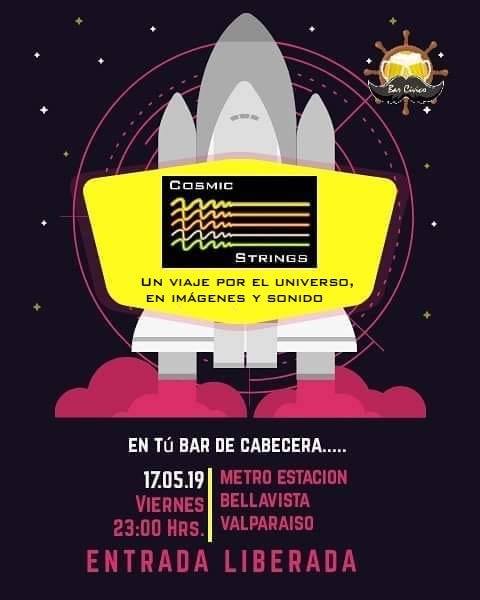 16/05/20019 Este viernes 17 de mayo se viene con un panorama de otro planeta, con el show astronómico de la banda Cósmic Strings integrada por varios investigadores del Instituto de Fisica y Astronomia. La actividad, de entrada liberada, tendrá lugar a las 23:00 horas en el Bar Cívico, ubicado en calle Blanco 1273, Valparaíso, cercano a la estación Bellavista del Metrotren. La música inspirada en planetas y...
16/05/20019 Este viernes 17 de mayo se viene con un panorama de otro planeta, con el show astronómico de la banda Cósmic Strings integrada por varios investigadores del Instituto de Fisica y Astronomia. La actividad, de entrada liberada, tendrá lugar a las 23:00 horas en el Bar Cívico, ubicado en calle Blanco 1273, Valparaíso, cercano a la estación Bellavista del Metrotren. La música inspirada en planetas y...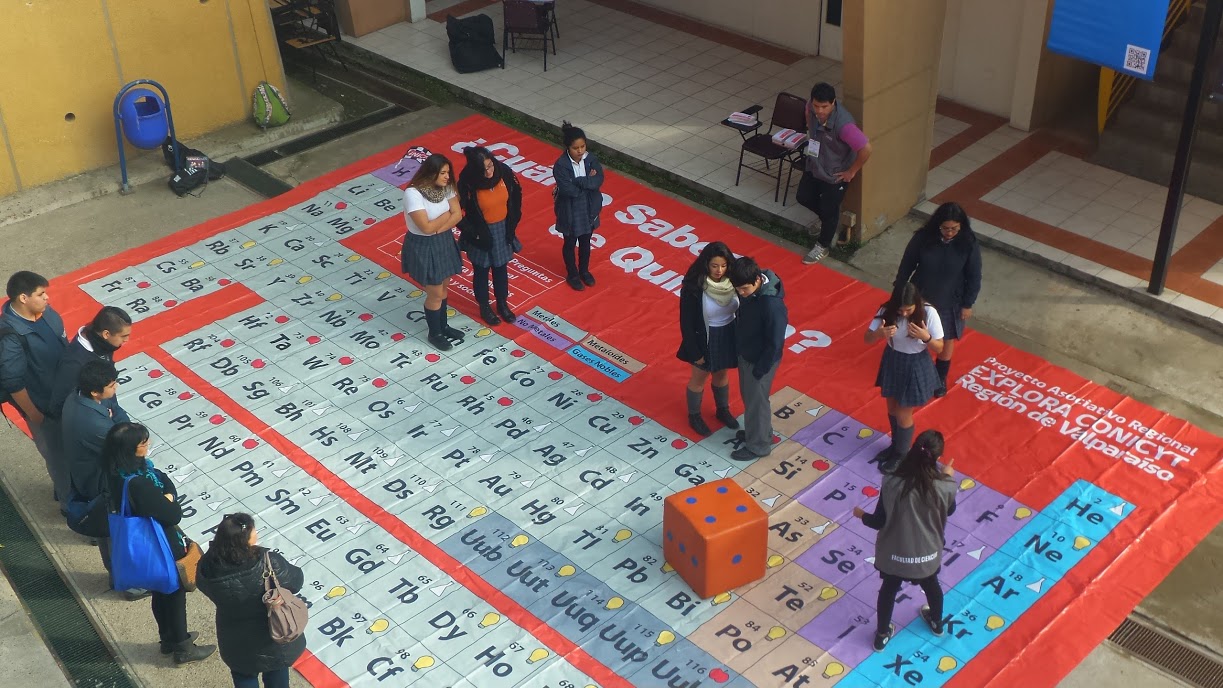 16/05/2019 Como ya es tradición, el viernes 24 de mayo, el Instituto de Física y Astronomía formará parte de la Feria de la Ciencia que cada año la Universidad de Valparaíso realiza para público escolar de la región. El objetivo es ofrecer a escolares y comunidades locales una muestra de actividades prácticas de investigación y formación en un espacio académico. Los alumnos tienen la po...
16/05/2019 Como ya es tradición, el viernes 24 de mayo, el Instituto de Física y Astronomía formará parte de la Feria de la Ciencia que cada año la Universidad de Valparaíso realiza para público escolar de la región. El objetivo es ofrecer a escolares y comunidades locales una muestra de actividades prácticas de investigación y formación en un espacio académico. Los alumnos tienen la po...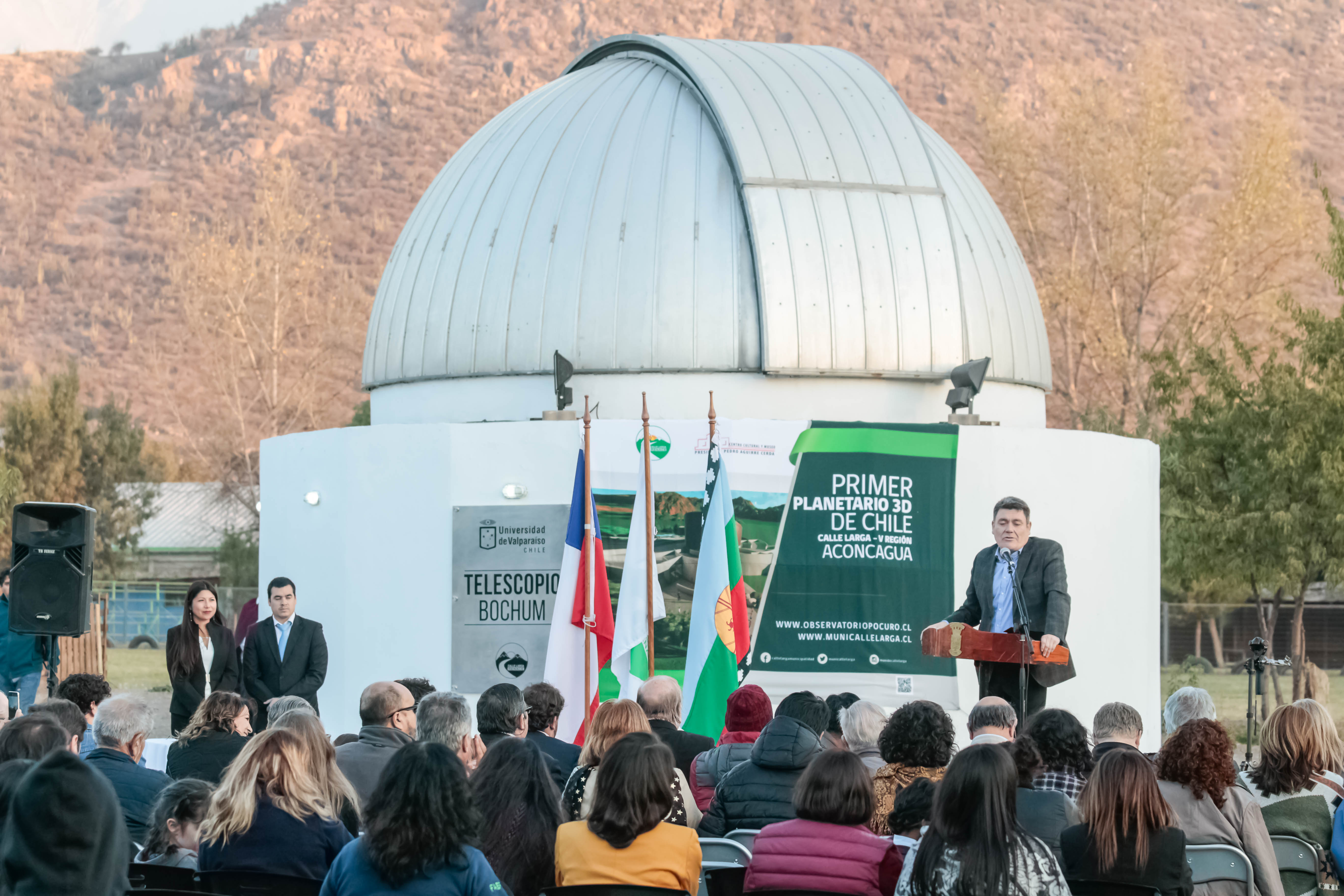 14/05/2019 La comuna de Calle Larga, distante 137 kilómetros de Valparaíso y sólo 75 de Santiago, inicia su despegue como nuevo epicentro astronómico de la zona central del país gracias al desarrollo que ha experimentado el Observatorio Pocuro, ubicado en el Centro Cultural Pedro Aguirre Cerda.
Este camino se ha ido pavimentando con la colaboración de la Universidad de Valparaíso, al establecer una...
14/05/2019 La comuna de Calle Larga, distante 137 kilómetros de Valparaíso y sólo 75 de Santiago, inicia su despegue como nuevo epicentro astronómico de la zona central del país gracias al desarrollo que ha experimentado el Observatorio Pocuro, ubicado en el Centro Cultural Pedro Aguirre Cerda.
Este camino se ha ido pavimentando con la colaboración de la Universidad de Valparaíso, al establecer una... 14/05/2019 La Dra Maja Vuckovic participará como expositora en la escuela de verano “Pulsaciones Estelares a lo largo de la evolución estelar” que se llevará a cabo en La Plata, Argentina entre el 11 y el 22 de noviembre.
El evento es una de las actividades astronómicas del año destacadas por el Boletín de Estrellas Masivas (Massive Star Newsletter) y se enmarca como parte del proyecto POEMS, Marie Curie Horizon 2020, d...
14/05/2019 La Dra Maja Vuckovic participará como expositora en la escuela de verano “Pulsaciones Estelares a lo largo de la evolución estelar” que se llevará a cabo en La Plata, Argentina entre el 11 y el 22 de noviembre.
El evento es una de las actividades astronómicas del año destacadas por el Boletín de Estrellas Masivas (Massive Star Newsletter) y se enmarca como parte del proyecto POEMS, Marie Curie Horizon 2020, d...
 10/05/2019 Utilizando observaciones submilimétricas del disco de escombros alrededor de la estrella debaja masa TWA 7, un grupo internacional de astrónomos liderado por la investigadora del IFA y Directora del NúcleoMilenio de Formación Planetaria Amelia Bayo, concluyó que la arquitectura asumida para esteobjeto es diferente a lo qu...
10/05/2019 Utilizando observaciones submilimétricas del disco de escombros alrededor de la estrella debaja masa TWA 7, un grupo internacional de astrónomos liderado por la investigadora del IFA y Directora del NúcleoMilenio de Formación Planetaria Amelia Bayo, concluyó que la arquitectura asumida para esteobjeto es diferente a lo qu...